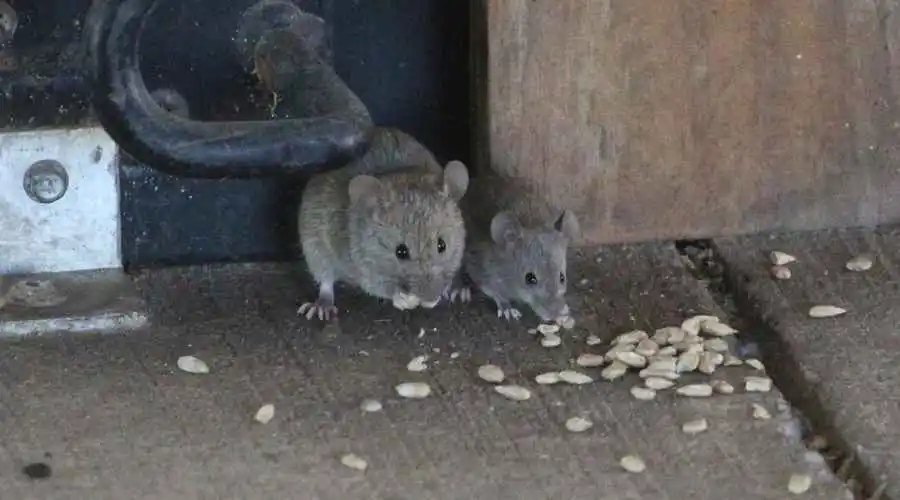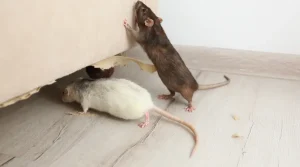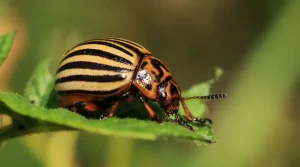It’s more common for mice to invade homes in search of food and refuge because many of these structures are located near fields and other plant life, which are natural mouse habitats. Weather in the south is consistently pleasant, but in California, you have all four seasons. Mice are known to be particularly busy during the colder months. Typically, they’ll settle for a garage as a temporary dwelling. For seldom-used garages, this is of paramount importance.
For more information on how to get rid of a mice infestation, call today.
Why should I check my garage for rodents?
Rats have adapted to human culture and can now coexist with us. Our houses and garages keep us safe from snow, sleet, hail, rain, wind, dangerous animals, and temperatures below zero. Mice have a voracious appetite for foods that people would never exhaust. Garages are a popular location for mice to find bird seed and grass seed to eat.
Mice prefer to set up homes in remote or uninhabited areas. When preparing to nest, they seek out quiet, undisturbed areas. Just one mouse may construct an entire house for itself and its offspring. Puppies old enough to fend for themselves will eventually abandon the nest and establish a new one.
How can I tell if mice have been in my garage?
As a result of their short sleep cycles, mice consume a disproportionate amount of food after dark. Their droppings, which can be either black or brown, resemble grains of rice and are left behind. Mice, especially those living in dense colonies, blame the abundance of mouse droppings. There is a chance of spotting mice and their droppings. You won’t see them sprinting through the center of a room, but you might notice them creeping along the walls.
Garage mice will devour anything stored in bags or containers they can easily open, including pet food, bird seed, lawn seed, and more. Check for gnawed corners and chew through tape where mice may have gotten in before shipping. Since mice are notoriously sloppy eaters, you may find scattered seeds in unexpected places after they’ve been there.
How do I prevent mice from entering my storage building?
Discourage mice from setting up a house in your garage by making it an uninviting place. Here are some ways to make your garage less inviting to rodents:
- All pet and bird food and grass seed should be stored in airtight bins or containers.
- Organize your workspace and clear up your desk.
- Repair any openings used as a passageway to the basement or carport.
- Having fewer branches hit the carport’s roof is a priority.
- Outside, with a secure lid, trash cans should be stored.
- Ensure firewood is stored in a secure location far from the house and garage.
Sealing potential entry points is an effective method for preventing mice from entering a garage. A dime-sized hole is big enough for a mouse to squeeze through. You should never assume a mouse won’t try to enter your garage via the openings there. There may be mice hiding in places you can’t see, but that doesn’t mean there aren’t any. Twenty-five to sixty mice can be born to a single mouse in a year.




